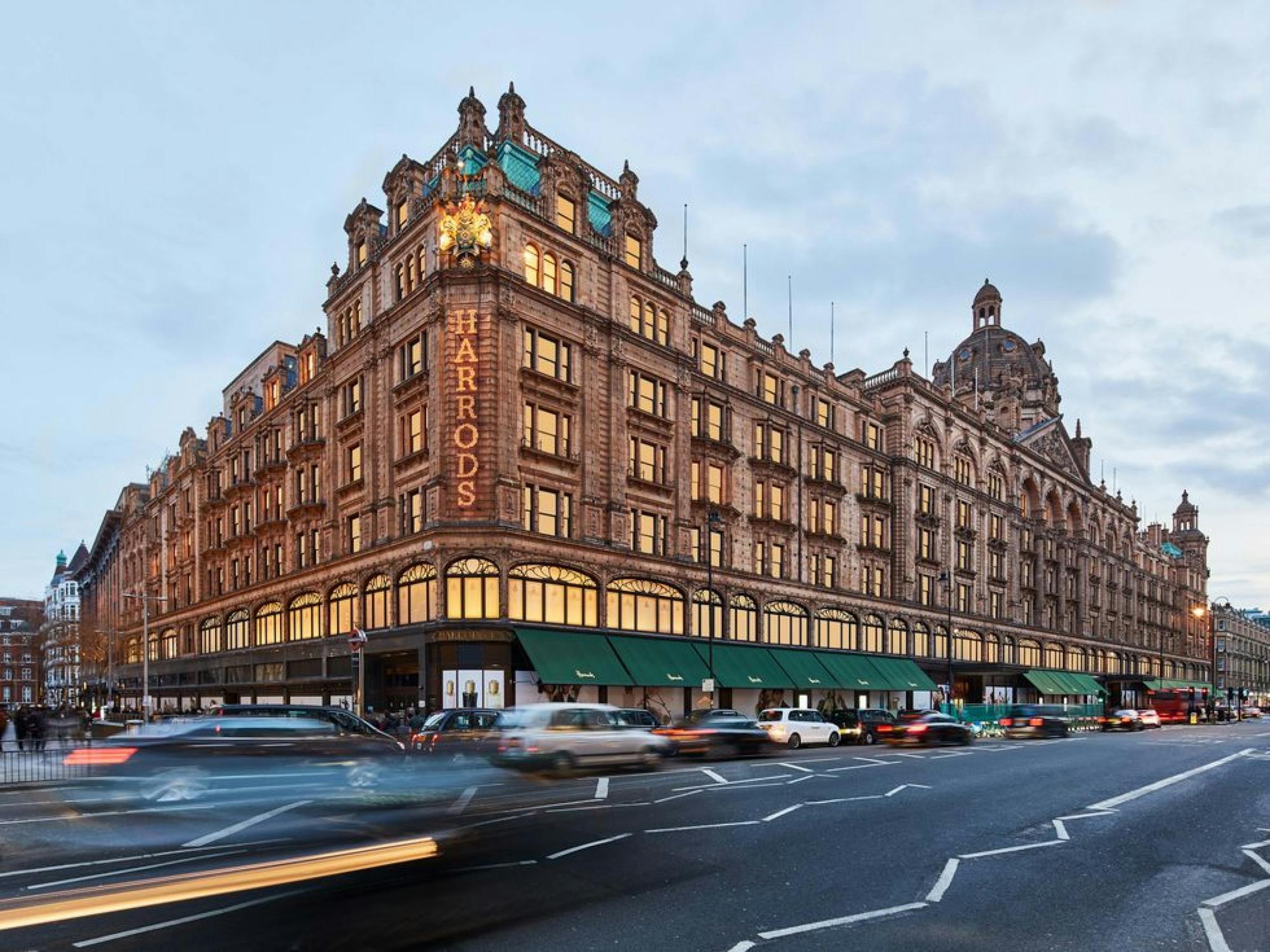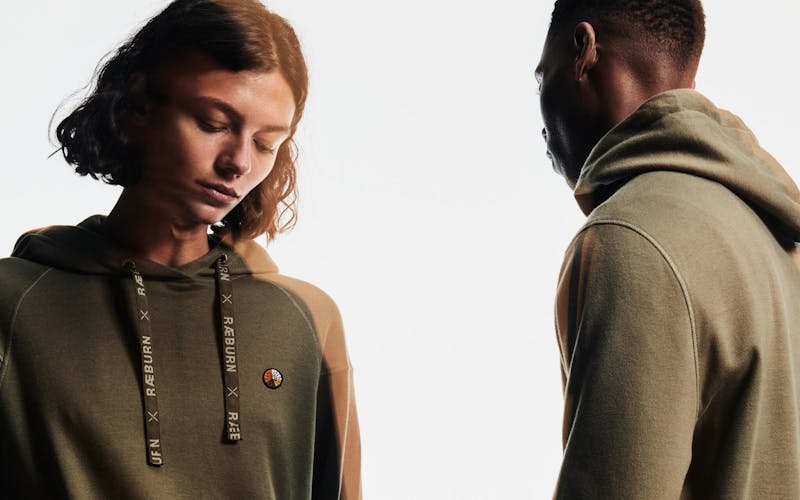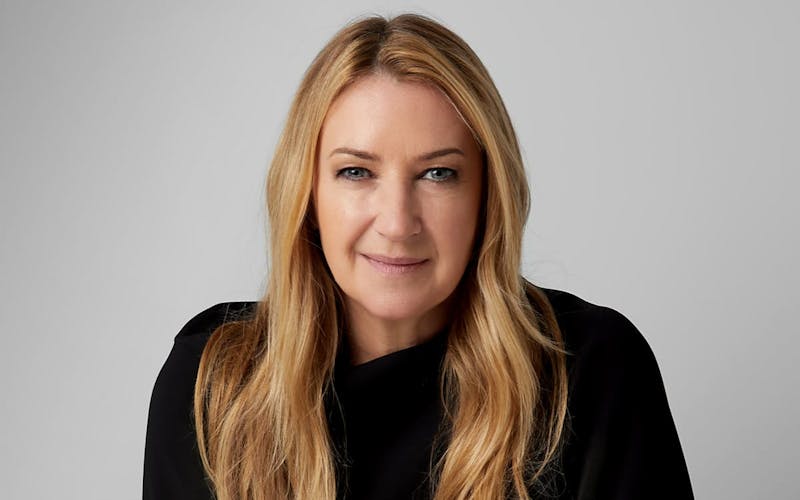

for Walpole members and
non-members available now
at The Londoner



Harrods recently launched its Path to a Sustainable Future, focusing on four pillars of ‘Our Business’, ‘Our Products’, ‘Our Partners’ and ‘Our People’. The strategy works to reduce emissions across Harrods and its sites, improve the sustainability credentials of its own-label and partner brands, introduce partnerships that encourage more sustainable business practices, and help employees embed sustainability across the business. Harrods has Carbon Trust Triple Standard Certification for carbon, water and waste, and eradicated all food waste, sending zero waste to landfill. It has its own water supply from boreholes. All packaging materials are recyclable, containing 40 to 100 per cent recycled material. It has eradicated plastic across outbound distribution packaging and is replacing its iconic green carrier bag with a fully recyclable alternative, while aiming to reduce overall carrier bag consumption across Harrods by 50 per cent. Half its delivery fleet is now electric. Harrods is a member of Sedex, a platform for sharing responsible supply chain data.
‘No’ is unacceptable to CEO Michael Ward (pictured above). When he collaborated with Walpole, where he is chairman, to launch its Sustainability Manifesto, he realised it was time to take drastic action. Ever since, his approach to overhauling Harrods has been one of no compromise.
‘The only way forward as CEO was to make sustainability non-negotiable,’ Michael says. ‘The cost, though obscene, was not part of the equation. I knew we had to hit all our targets at whatever price. I believe if you don’t have total buy-in from the very top, it’s not going to happen. As CEO, I could say to our finance director: “I don’t care how much it’s costing, we’re doing it. I can’t go home to my children anymore and admit we’re still using plastic bags.”’
Michael stood firm against those who expressed concern: ‘Colleagues would say to me, “The customer expects luxury packaging.” It’s correct putting the customer first, but they don’t want a lovely shiny bag crammed with tissue paper anymore – they’ve probably got to lug it up to a small flat and then dispose of it. They’d rather see a brand with a responsible view.’
Michael first did away with the expensive delicatessen packaging, installing a simple, brown, biogradable box. ‘We’d been over-engineering and over-thinking everything for too long at great cost to the environment. I gave some of our employees the new boxes so they could tell me if I was being useless, but the positivity, as well as from customers, has been enormous and now colleagues are 150 per cent behind our sustainability push.’ He remains infuriated by the humble clothes hanger. ‘As a house of brands there are thousands of views on what comprises an acceptable hanger and it’s not good enough that the luxury industry doesn’t have one,’ he says. ‘There are millions of them that are tough to recycle but we’re just going to have to find an eco-friendly way.’
Michael is also focusing on how to reuse products rather than putting them into a sale. In 2018 Harrods launched Fashion Re-Told, a pop-up retailing pre-loved fashion to raise funds for the NSPCC. The tailors in store alter clothes, while The Restory partners with Harrods to repair accessories and shoes. Michael also recently formed a partnership with My Wardrobe HQ to rent clothes. ‘Our commitment to circularity and giving clothes a second life has been a huge success with customers and employees alike,’ he says. ‘We’ve all turned a blind eye to the planet while we dealt with Covid, but this is much deadlier. If we don’t all do something, it will be catastrophic. We must commit to working together to save it.’








